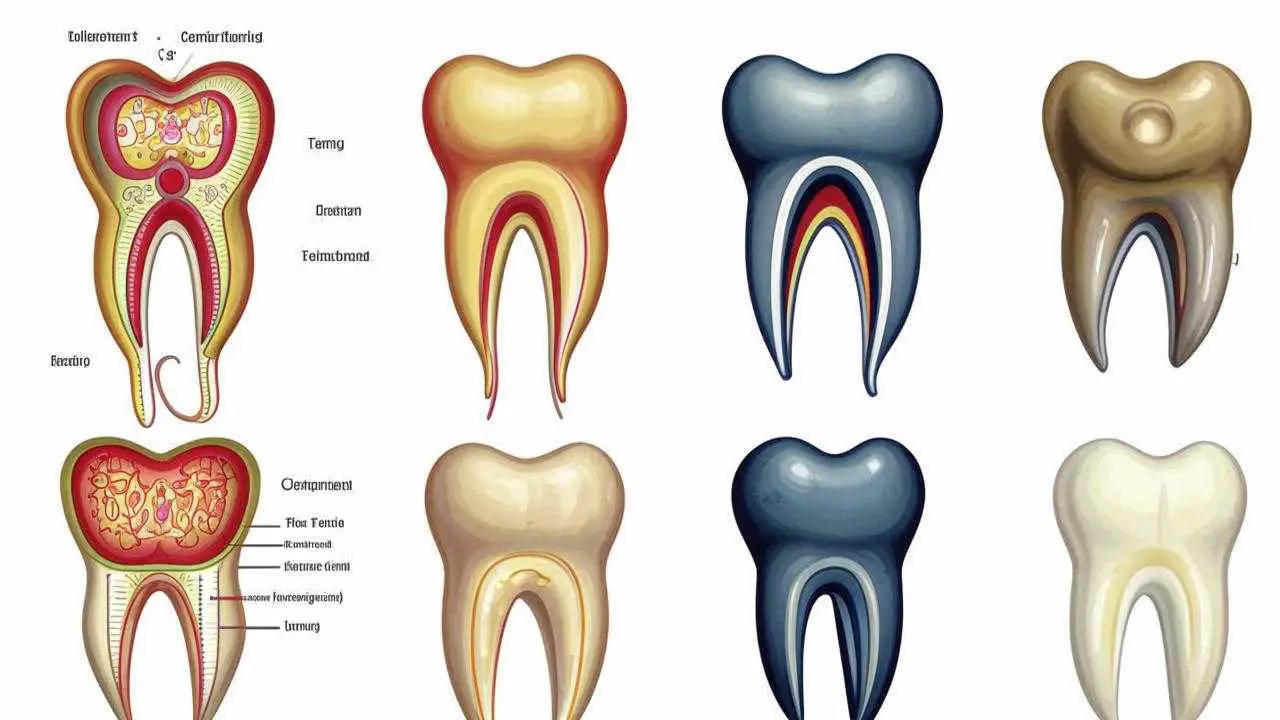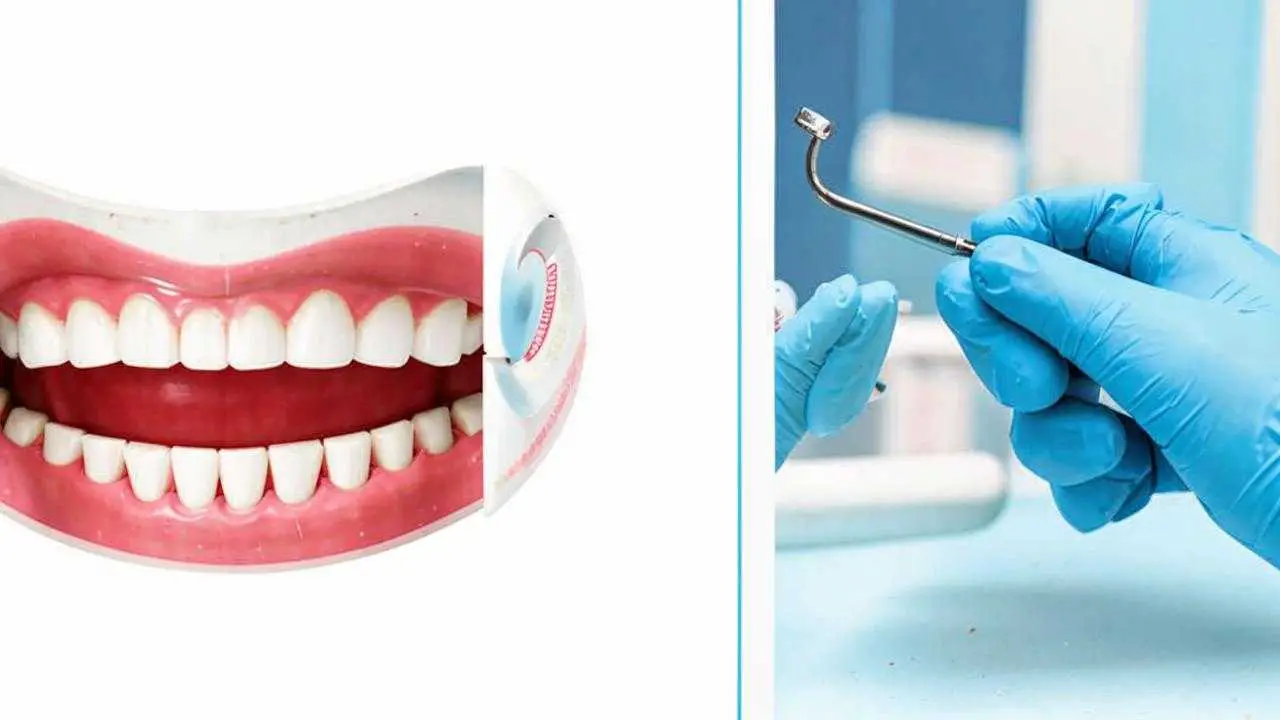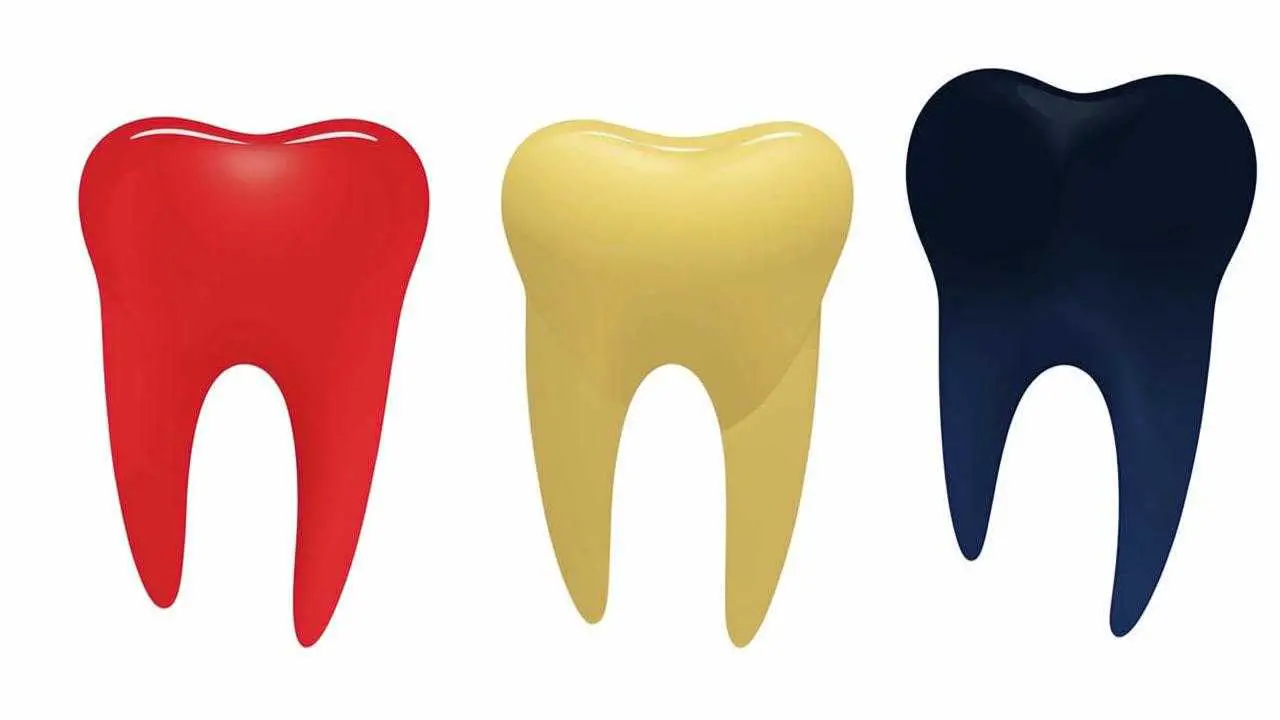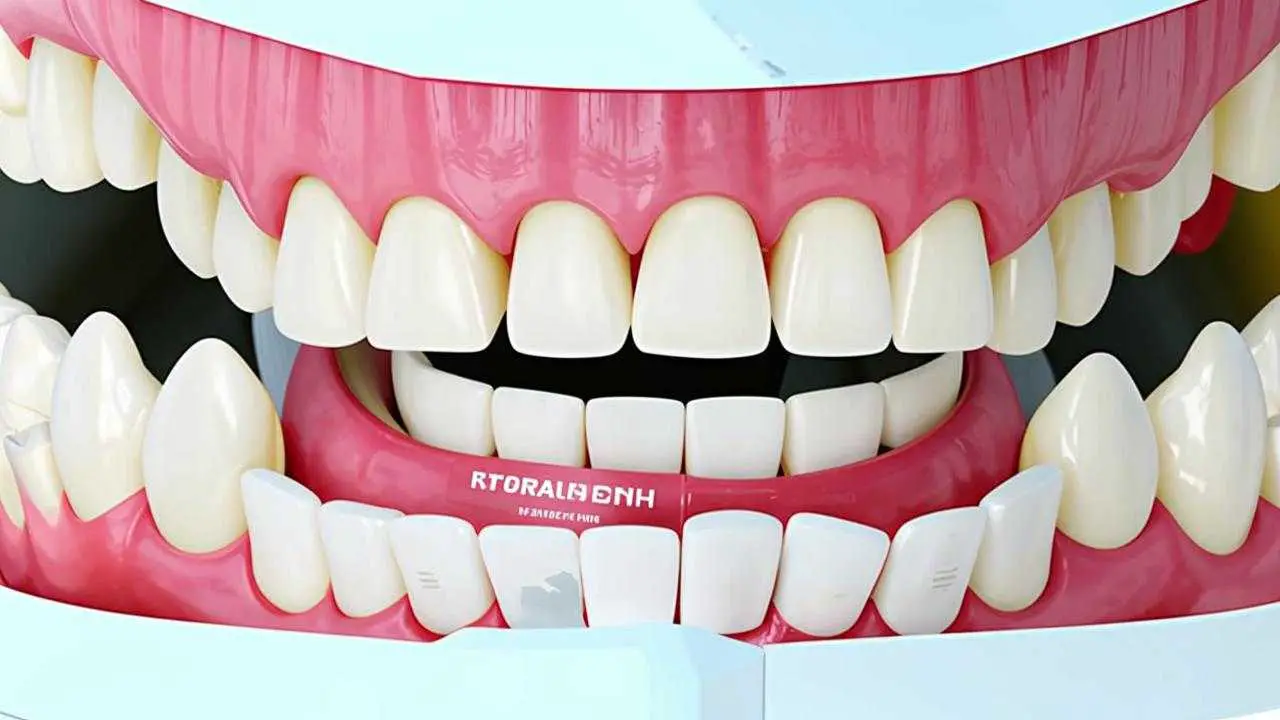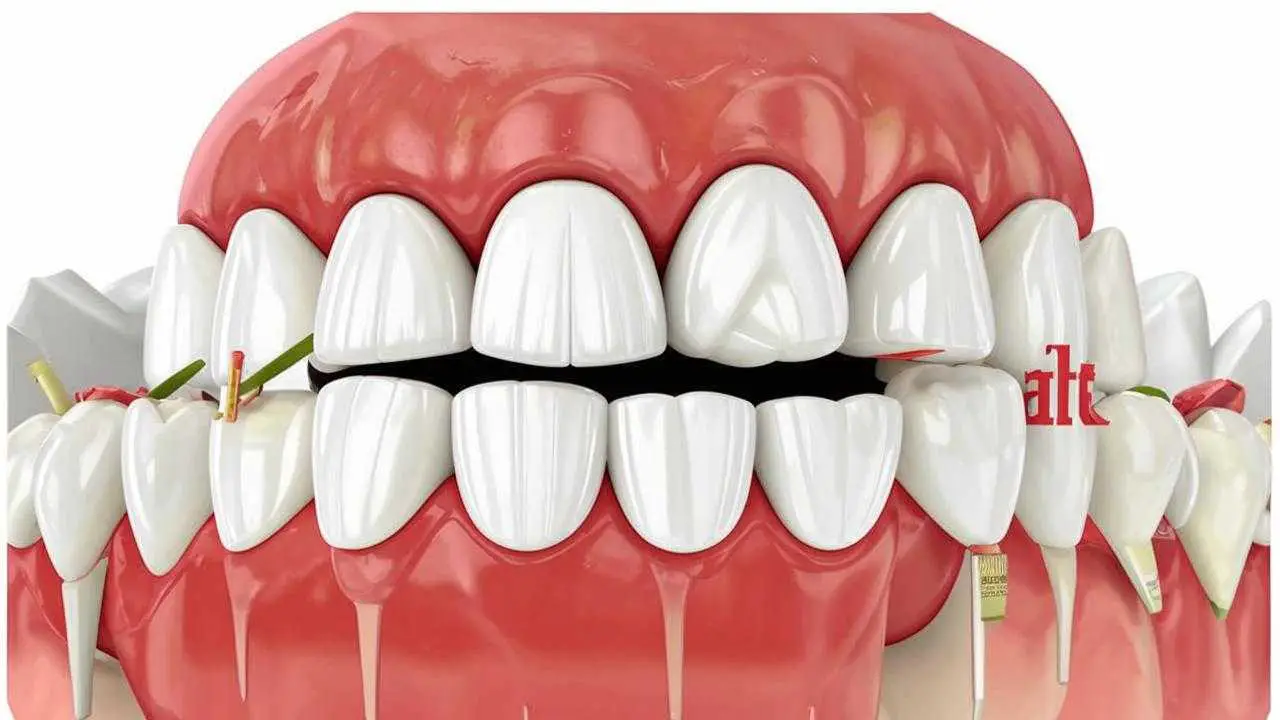Tooth trauma is a violation of its integrity, damage to surrounding tissues, and change of position in the jaw. They occur most often in children. Moving games, sports, chewing on hard objects – any activity can cause damage to the teeth. Injuries are usually divided into acute and chronic. Acute injuries occur when there is a sudden strong impact on the teeth as a result of a blow during sports, a fall, or an accident. They are often combined with jaw injuries.
Chewing on hard objects, bad habits, complications of non-carious tissue lesions, medical errors are the cause of chronic injuries.
Types of trauma
Traumatic injuries to the teeth are distinguished by the place of receipt. They are domestic (home), road (automobile), sports.
In dentistry, different classifications of injuries are used – according to Ellis, according to WHO, according to Groszykov. In pediatric dentistry, the ICD-C system is most often used, in adult dentistry – ICD-C and the one recommended by the World Health Organization. In either classification, fractures, dislocations, and contusions are distinguished.
Fracture
According to the degree of severity, fractures of enamel, root, crown without damage and with damage to the pulp, multiple fractures are distinguished.
A – chipped enamel, B – fracture within the enamel and dentin, C – pulp is affected, D – complete fracture of thecrown
If the pulp is not affected, patients rarely complain of pain, they are more concerned about the aesthetic side. Occasionally there is pain when pressing. This is also noted by the dentist during the examination.
Diagnosis requires scans, often from several projections, to determine the location and make sure that inflammation has not started.
Enamel damage is covered with fluoride gels, composite material:
If the crown is fractured, one of the tooth augmentation methods is used.
If the pulp is damaged, endodontic treatment is carried out, the pulp chamber is cleaned, the canals are closed, and then restoration is carried out. Sometimes pulp rupture is accompanied by darkening of hard tissues, in this case endodontic treatment is combined with whitening.
When the root is fractured, the dentist creates conditions for a mineralized compound to form between the fragments. The tooth is splinted to keep it immobile. The patient is asked to eat only soft foods. When all the fragments have fused, the splint is removed. This treatment is only possible if the pulp is “alive”. In the case when the pulp is affected, the canals are closed with gutta-percha or calcium hydroxide, and then the tooth is splinted. The prognosis in this case is less favorable. If the fracture affected more than half of the root – the tooth is extracted.
Dislocation
In case of a lateral or vertical impact, the tooth can be displaced inside the hole. In this case, the ligaments that hold it in the jaw are affected. In this case, it is called a dislocation. This is the most common injury to permanent teeth. A distinction is made between dislocations:
- complete;
- incomplete;
- embedded.
Dislocation is caused by a blow, contusion, mechanical damage (opening bottles, biting wires), aggressive removal of a neighboring tooth.
Incomplete dislocation is accompanied by complaints of pain when chewing, biting, bleeding. Sometimes the misalignment is visible to the naked eye.
Treatment consists in returning the tooth to its place. This procedure is called repositioning. It must be performed no later than two hours after the dislocation to preserve the pulp. A splint is then placed on the tooth.
An embedded dislocation is when the tooth goes inside the gum, destroying the bone tissue. It can be diagnosed by its appearance – the crown is barely visible, it is much shorter than the neighboring ones. This type of dislocation is dangerous because if the front teeth of the upper jaw are damaged, they can penetrate into the nasal cavity.
Treatment consists of several stages. First, the tooth is put back in place, then it is splinted with a splint or mouth guard. The pulp is checked to see if the pulp is alive. If the pulp is viable, the next step is skipped. If the pulp is damaged, it is removed and the canals are filled. If the child dislocated a baby tooth, then some time is given for it to erupt back. If this does not happen, the usual treatment is carried out.
With a full dislocation, the tooth falls out of the hole. It is important to get to the doctor quickly, who will remove the pulp, fill the canals, and then return the tooth to its place and fix it. If the doctor has done all manipulations within 30 minutes after the injury, then the prognosis is favorable, the tooth can last for many years. If more time has passed, root resorption can only be delayed, but not prevented. It is best to keep the tooth in the mouth, behind the cheek or in a container of milk until the appointment with the dentist.
Contusion
A bruise differs from a sprain in that there is no displacement. The tooth remains in place, but the surrounding tissues are affected. Contusion of the front teeth is especially common. The symptom is pain when touching the tooth with the tongue, brush, food. The teeth are wobbly, aching.
Diagnosis is difficult, the picture does not show changes, but the pulp may not react to stimuli. Take into account the presence of trauma, wobbling teeth, soreness at touch.
The main treatment is to ensure immobility for at least a month. If the tooth has hemorrhaged when bruised and begins to turn black, intracanal bleaching and endodontic treatment are performed. Hard food is excluded from the diet for the entire period of treatment. The milk tooth is scraped off to exclude contact with the antagonist. This procedure is not performed on permanent teeth.
What to do if the teeth are damaged
In any case, it is best to immediately go to the clinic. But how urgently, depends on the type of injury. If the tooth has fallen out of the hole, you can not wait for an appointment with “your” dentist. You can only save it if you put it back in as soon as possible. It is better within 30 minutes, but not later than 2 hours.
In other cases, make an appointment without delay, because if the pulp is affected, an inflammatory process may develop, which will lead to tooth loss.
Sometimes, in case of trauma to baby teeth, parents do not hurry to the appointment, believing that baby teeth are not so important. It must be remembered that the roots of baby teeth are close to the rudiments of permanent teeth. To prevent the effects of trauma from spreading to them, it is necessary to treat baby teeth in time.
Compliance with the doctor’s recommendations reduces the recovery time after dental trauma. For the entire period of rehabilitation, it is necessary to exclude sports, carefully perform hygienic procedures and eat only authorized food.
Prevention of traumatic dental injuries
Most often, dental injuries are seen in children and teenagers. The most effective way to prevent them is to not leave young children unattended. For those involved in active sports, protective equipment should be provided. Helmets, masks, mouth guards significantly reduce the risk of injury and prevent damage to the front teeth.
Timely treatment of bite abnormalities also belongs to preventive measures. The risk of injury is much higher in patients with an abnormal bite.
Treating a tooth injury is much longer and more expensive than preventing it.
